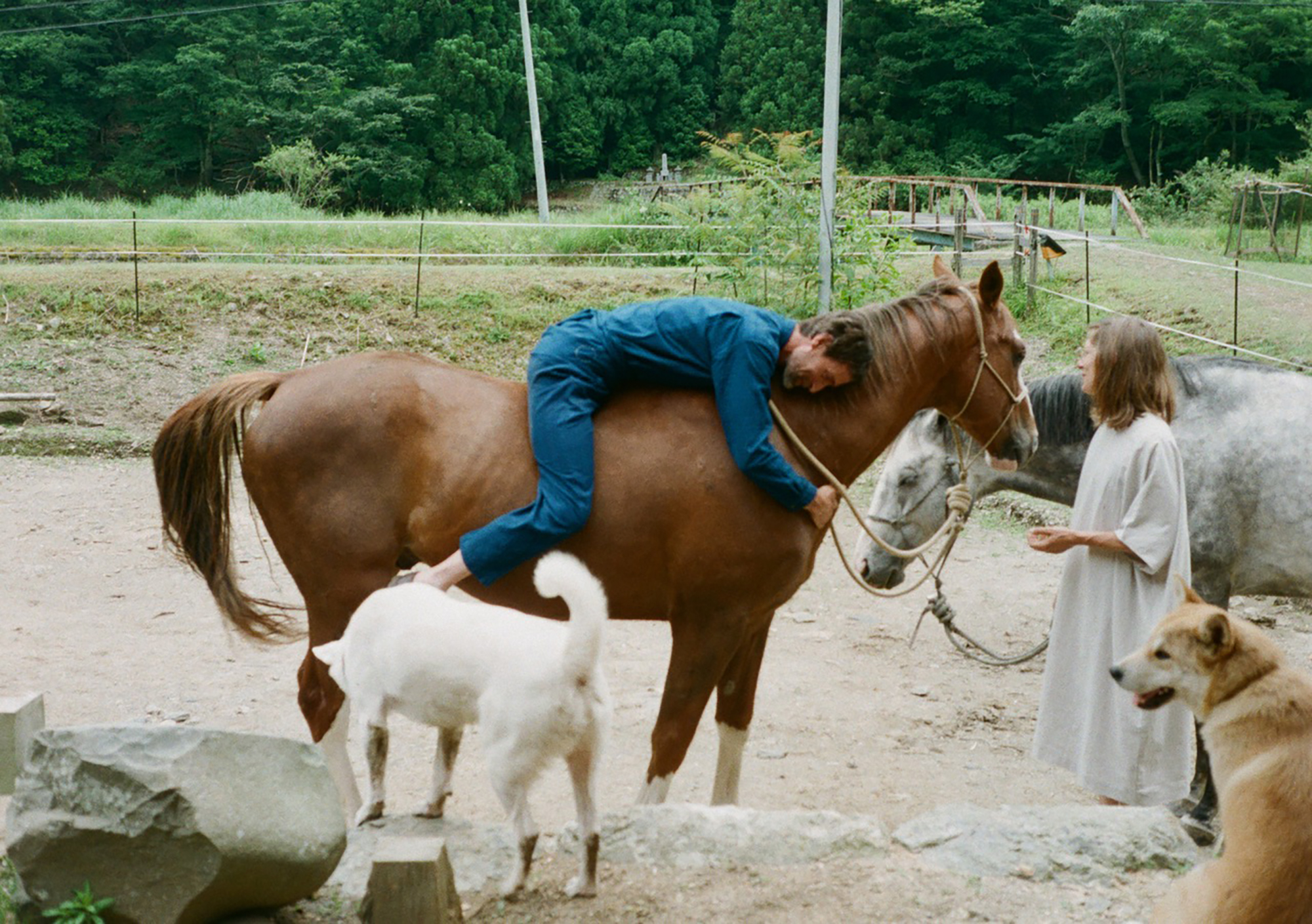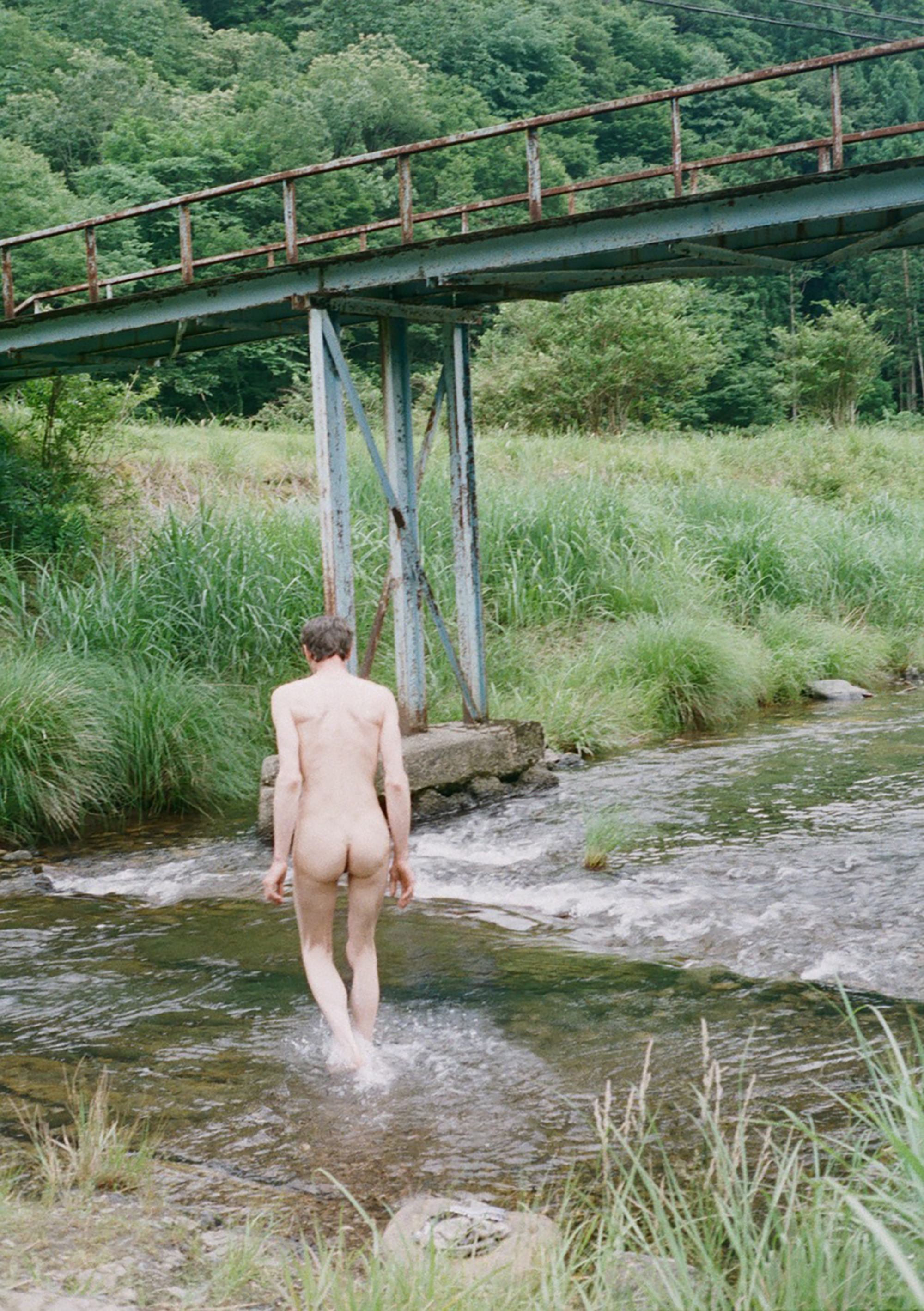Free Press
Hanayo
to the practice
One day Awataro and I went to visit our friends’ house a little further down the mountain.* They are a French couple living in Keihoku* and are friends with Karin, the curator of the Tama-Usagi dance at the French Cultural Center in Kyoto. They bought an old house that dates back to the Edo period and built a new thatched roof by themselves. They live together with horses, ducks, cats, dogs and chickens. They are truly the stars of my dreams! They are going to invite a sheep soon and are building a new shed for it.
At the beginning of the summer, they said they could see many fireflies floating above the Koshio River that runs next to their house. When they first saw this spectacle, they thought they were hallucinating from eating a new species of mushrooms!
They happened to drive by this house and saw a ‘for sale’ sign.
What a bold decision to make in a foreign country!
“It’s a lot of work to get a big old house in the wilderness but we think we enjoy it much more. If there is something that needs to be solved, it is very meaningful to design and build something for that purpose. But at the same time, through living here, I can sense how our living spaces have becoming disconnected from our surroundings.”
While virtual connections such as the Internet and SNS are ever expanding, the population of satoyama and the succession of festivals and traditional culture are disappearing in inverse proportions. So we should shout out to the mountains, “Let’s keep going in the opposite direction for the rest of our lives!” This year too, Nikyogai*** will continue to practice singing and dancing!
January, 2025
Hanayo
*Kyoto-based architects Melanie Halesback and Sebastian Renaud
**A satoyama in the northern part of Kyoto
***Hanayo and Awataro’s (AAWAA) stage name according to Japanese traditional performing arts
Photography by Hanayo




 Facebook
Facebook Twitter
Twitter